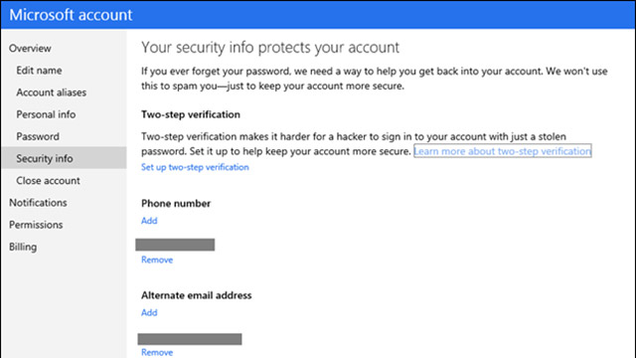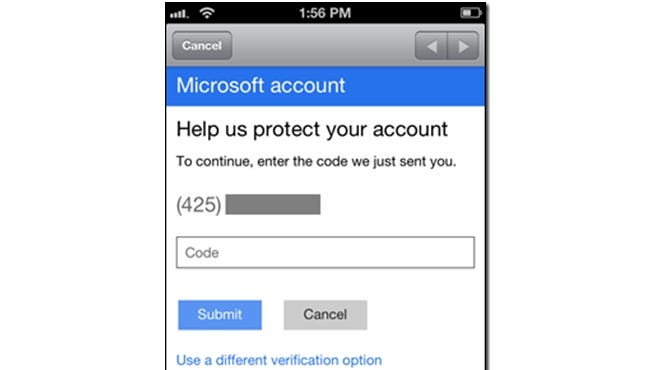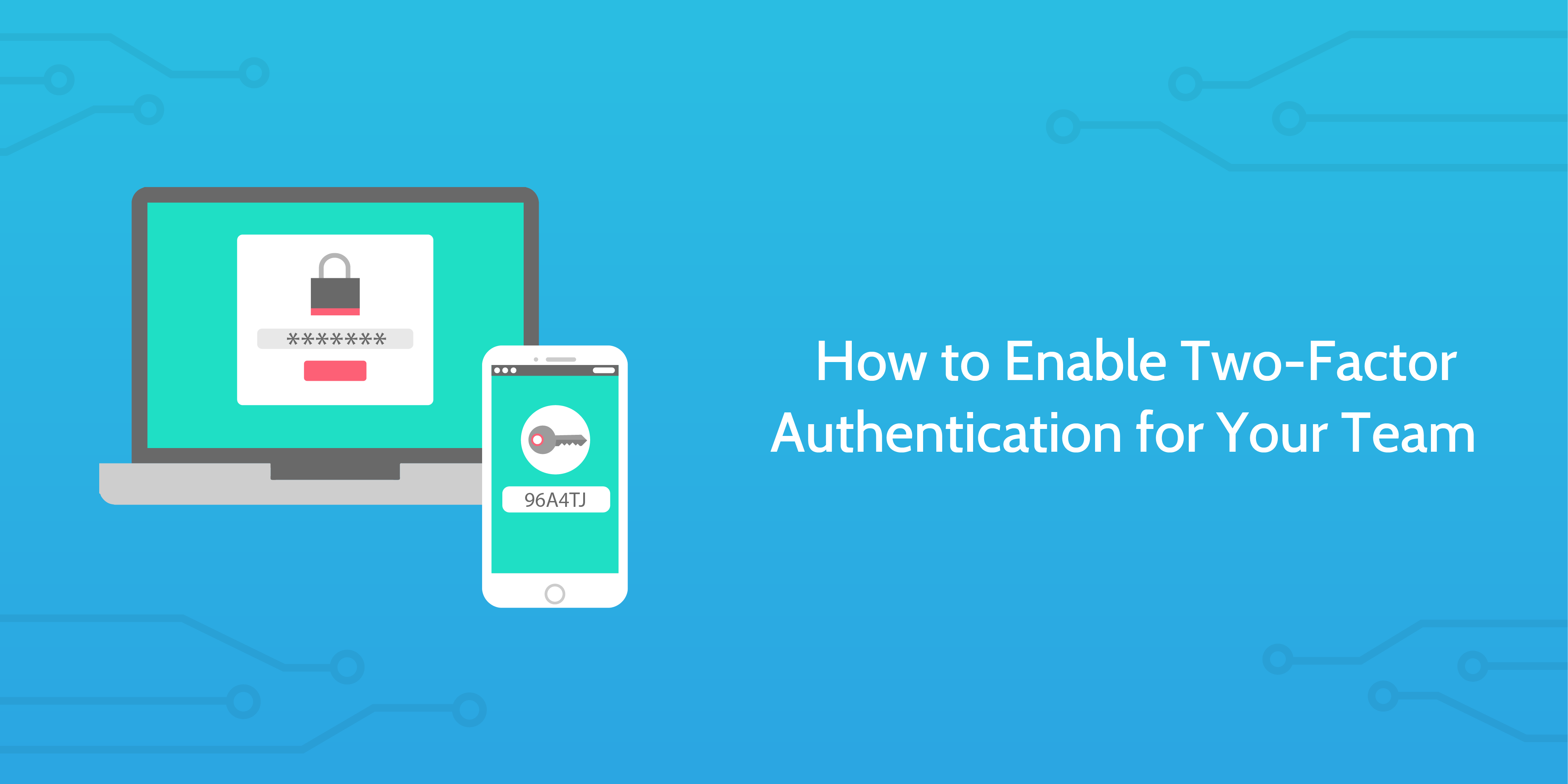


Change your default security verification methodĪfter you sign in to your work or school account with your user name and password, you'll automatically be presented with your chosen security verification method. App passwords should be used only for apps that don't support two-factor verification. More often, it's a mix of anger, pain, loss and confusion.įor more ways to keep safe and stay secure, here's how to improve your Zoom security to prevent Zoombombing, the guide to password security (and why you should care), how to secure your Amazon account and how to secure your Gmail account.Note: For information about using the App passwords section of the Additional security verification page, see Manage app passwords for two-factor verification. I would argue, however, that the hassle of the second step of two-factor authentication pales in comparison to the hassle of getting hacked. Sure, even then it does force you to take an extra step of grabbing and tapping your phone after entering your password to log into one of your accounts. That's not a question, but my counter would be that it's less of a hassle when done right and you are receiving codes via Google prompts or an authentication app where you don't need to enter six-digit codes. But two-factor authentication is a hassle Don't be the low-hanging fruit with an account that is the easiest target for hackers. Two-step verification via SMS is better than one-step verification where a hacker needs only to obtain or guess your password in order to gain access to your data.

Yes! In addition to creating strong passwords and using different passwords for each of your accounts, setting up 2FA is the best move you can make to secure your online accounts - even if you insist on receiving codes via SMS.

Matt Elliott/CNET Do I even need two-factor authentication if SMS is so vulnerable?


 0 kommentar(er)
0 kommentar(er)
